New Covid lockdown rules for England: what you can and can't do from Thursday
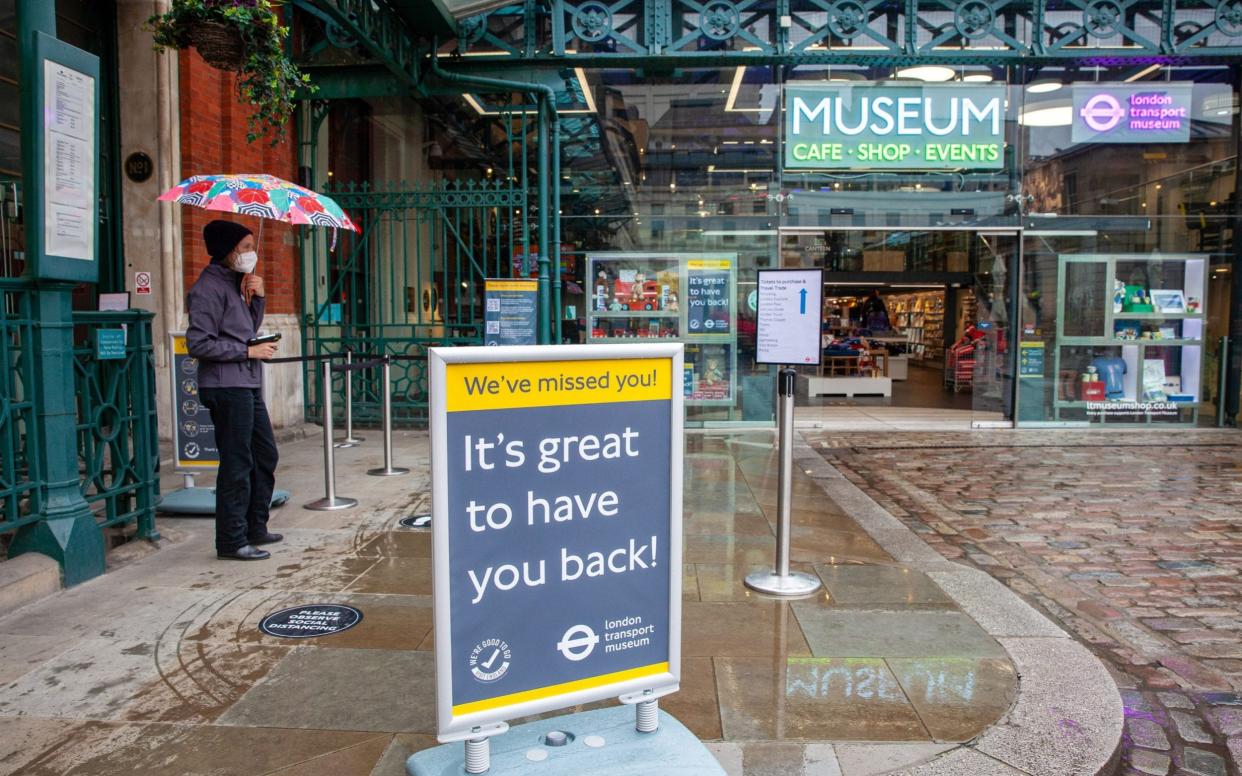

In his latest press conference on Saturday, October 31st, Boris Johnson announced a new national lockdown across the UK, after a rapid rise in coronavirus cases. The new measures will come into effect on Thursday, November 5th and will last until December 2nd.
Determined to "save Christmas", the Prime Minister has been forced to act after Britain's infections increased and Tier 3 restrictions across much of England failed to stem the spread. Johnson's announcement came on the same day the UK surpassed 1 million lab-confirmed cases of coronavirus.
When will it start?
Alongside the chief medical officer for England Professor Chris Whitty and chief scientific adviser Sir Patrick Vallance, Prime Minister Boris Johnson confirmed that a nationwide lockdown will begin on Thursday, November 5th. The measures will last throughout the entire month of November, and will end on Wednesday, December 2nd.
After this date, different parts of the country will adopt an exit strategy, which will continue to follow the restrictions from the previous tier system, depending on the severity of infection in the local area.
Read more: National lockdown – what the latest measures could mean for you
What measures have been announced?
The latest measures surpass ' Tier 4' measures, as the previous tier system was unsuccessful in stopping the spread of the virus. The key restrictions from the new lockdown include:
They include:
The closure of all pubs, bars and restaurants, though takeaways and deliveries will be permitted
All non-essential retail will close
A ban on the mixing of households, except for support or childcare reasons
A restriction on travel, including outbound international travel (except for work). Travel within the UK is also discouraged.
These severe measures mirror the the first lockdown, when Britons were told they could not leave home except to shop for necessities, to exercise once a day or for medical care.
However, unlike the first lockdown, nurseries, schools, colleges and universities will remain open.
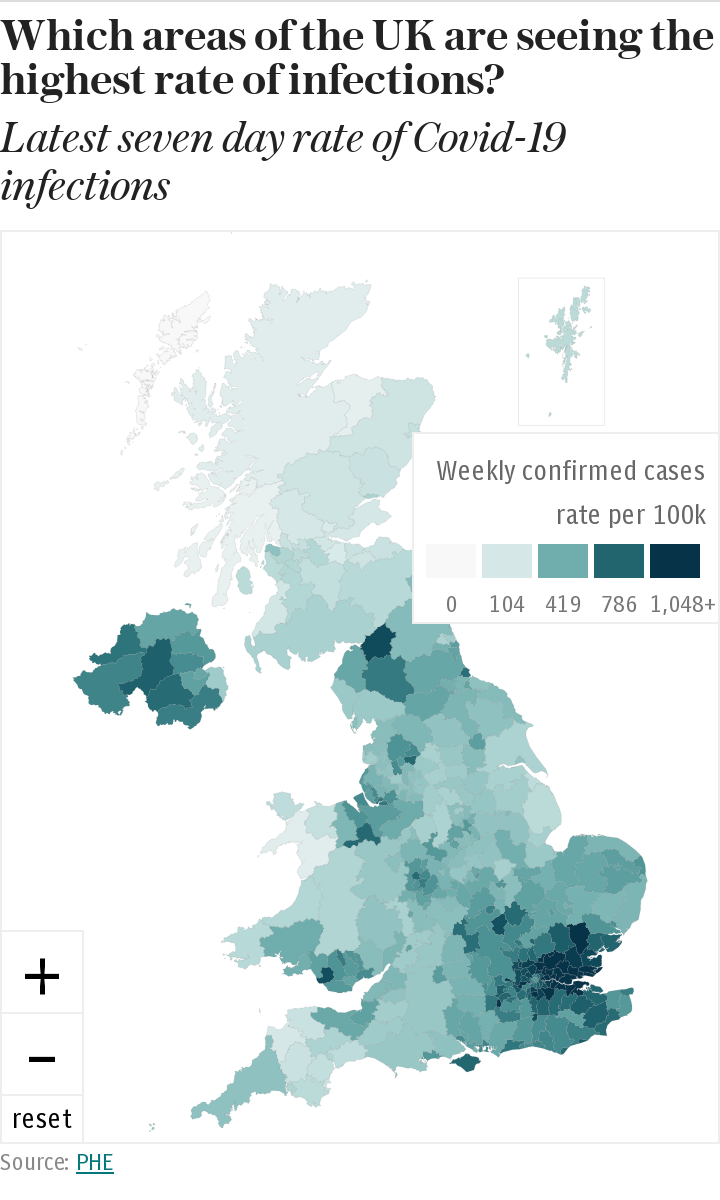
Why is a lockdown necessary?
Mr Johnson is understood to have been persuaded that a national lockdown is the only way to save Christmas, after the UK surpassed 1 million confirmed cases on Saturday, October 31st.
However, imposing a second national lockdown is a bitter blow for the Prime Minister, who has insisted for months he did not believe such a move would be necessary.
He described it as a “nuclear option” and warned that it would be an economic “disaster”. Last month, he told MPs that restrictions would be “completely wrong for the country”.
But Government scientific advisers told him that by October 14 deaths had already reached daily levels predicted in their worst case scenario planning and would exceed their most pessimistic predictions by the end of the month.
Professor Calum Semple, a member of the Scientific Advisory Group for Emergencies (SAGE), told BBC Breakfast on Saturday 31 October that: "The tiered approach to restrictions hasn't worked particularly well."
When asked what a national four week lockdown could achieve, he said: "If that was applied nationally, and was adhered to, you would see a dramatic fall in hospital admissions and that's in four weeks' time."
He also warned that the virus was "running riot" across all age groups, with up to four times more women aged between 20 and 40 being admitted to hospital with Covid-19 than men in the same age bracket.
Read more: Annabel Fenwick Elliott: Conspiracy or not, this Covid strategy is deeply sinister

Is this the same as a 'circuit breaker'?
The measures announced by Downing Street will last until December 2 – which is similar to a short-term, 'circuit breaker' lockdown – but it is uncertain whether a longer lockdown will not be needed.
In fact, it was reported on Friday night that a senior scientist told the Government that it is already too late for a short circuit breaker lockdown, which had been demanded by scientific advisers and the Labour party.
“It’s definitely too late to think that the two-week circuit breaker on its own would sort us out. It almost certainly would need to go on for longer,” he told The Times.
“This is going in the wrong direction and it’s been going in the wrong direction for a while . . . If the trajectory doesn’t change, you end up with hospitals coming under very significant pressure as happened in the first wave.”
Read more: Will there be a circuit breaker lockdown?
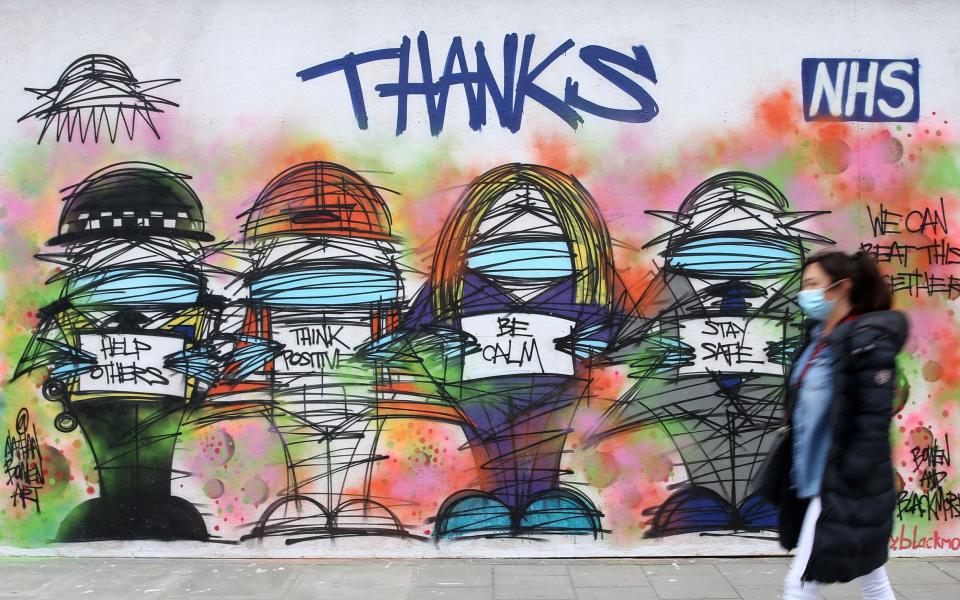
Will the tier system still apply?
Once the national lockdown eases on December 2nd, the country will adopt an exit strategy, and will continue to follow the restrictions from the existing tier system, depending on the severity of infection in the local area. The current lockdown is similar to a fourth tier, however, Dominic Raab, the Foreign Secretary, said the Government was “striving” to avoid blanket restrictions.
When asked about a fourth tier, Mr Raab said: “We’re always ready for further measures that we can take, but I think the most important thing about further measures is that we continue on the track that we’re on of targeting the virus.”
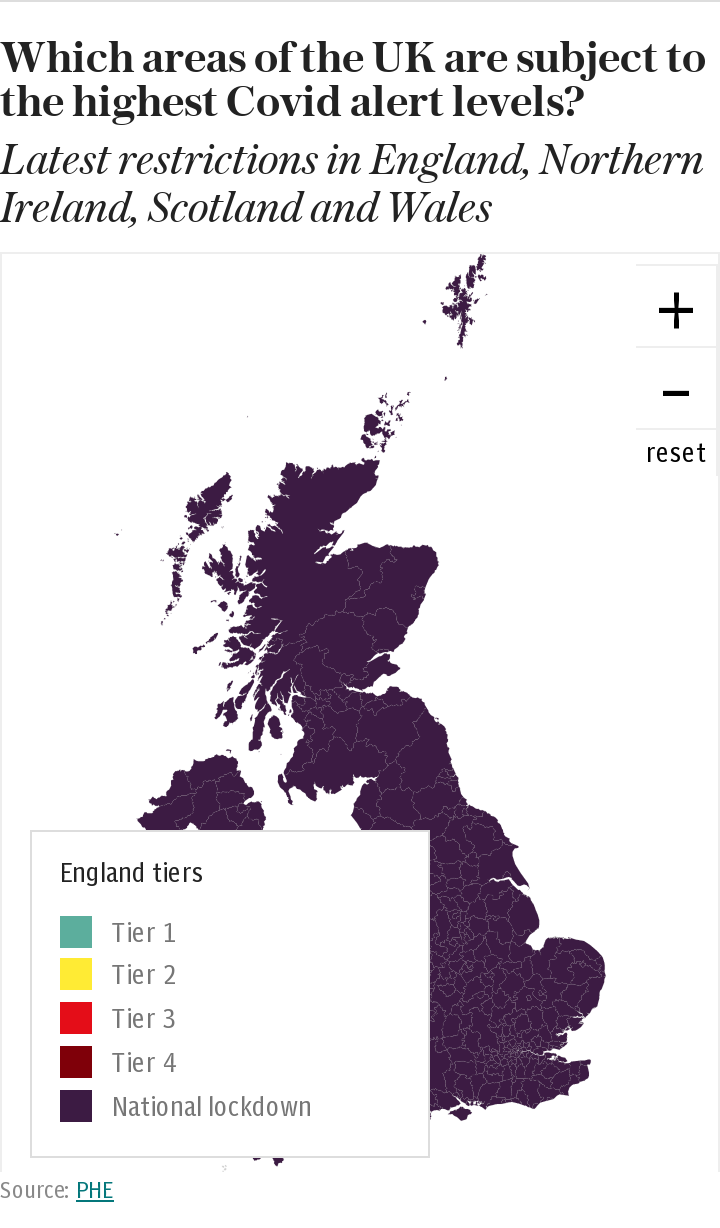
Read more: What tier is my area in? Use our Covid lockdown map to check your postcode
Is Britain's R rate increasing?
No. But another 24,405 people tested positive for coronavirus on Friday, with 274 deaths. The R rate of infection fell week on week from 1.2-1.4 to 1.1-1.3, but that still means infections are spreading exponentially, and the Office for National Statistics said cases “continue to rise steeply”.
On Saturday, October 31, the same day the new lockdown measures were announced, it was confirmed that the UK has surpassed more than 1 million lab-confirmed cases since the outbreak of the virus.
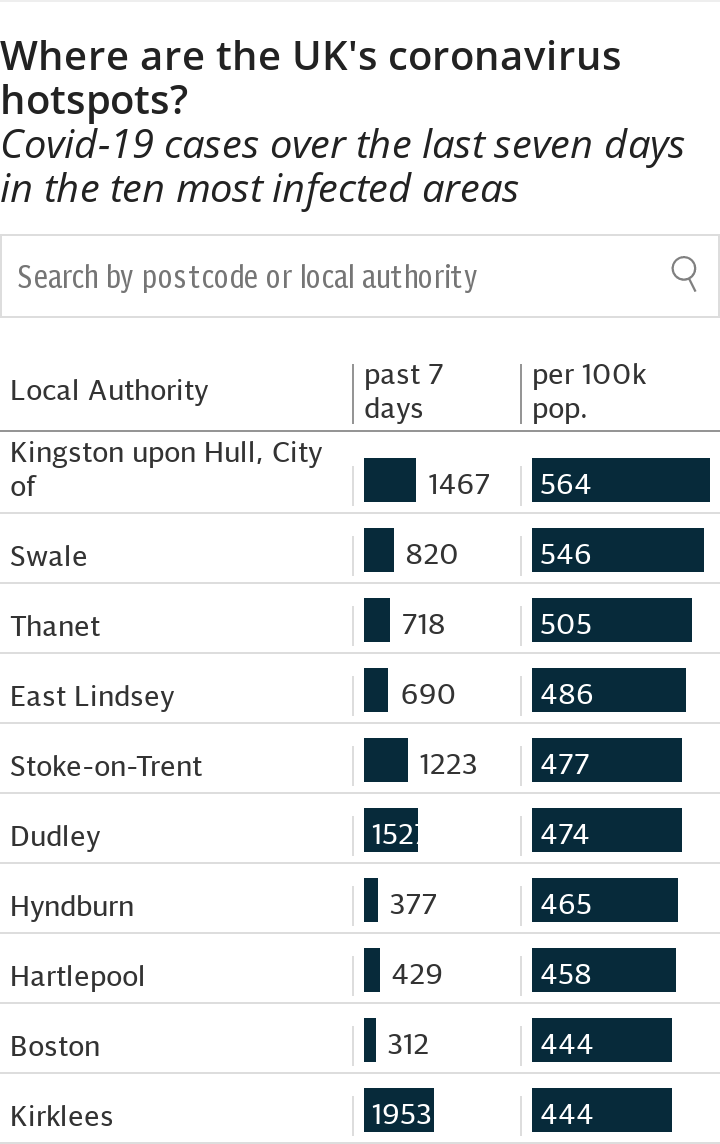

 Yahoo News
Yahoo News 